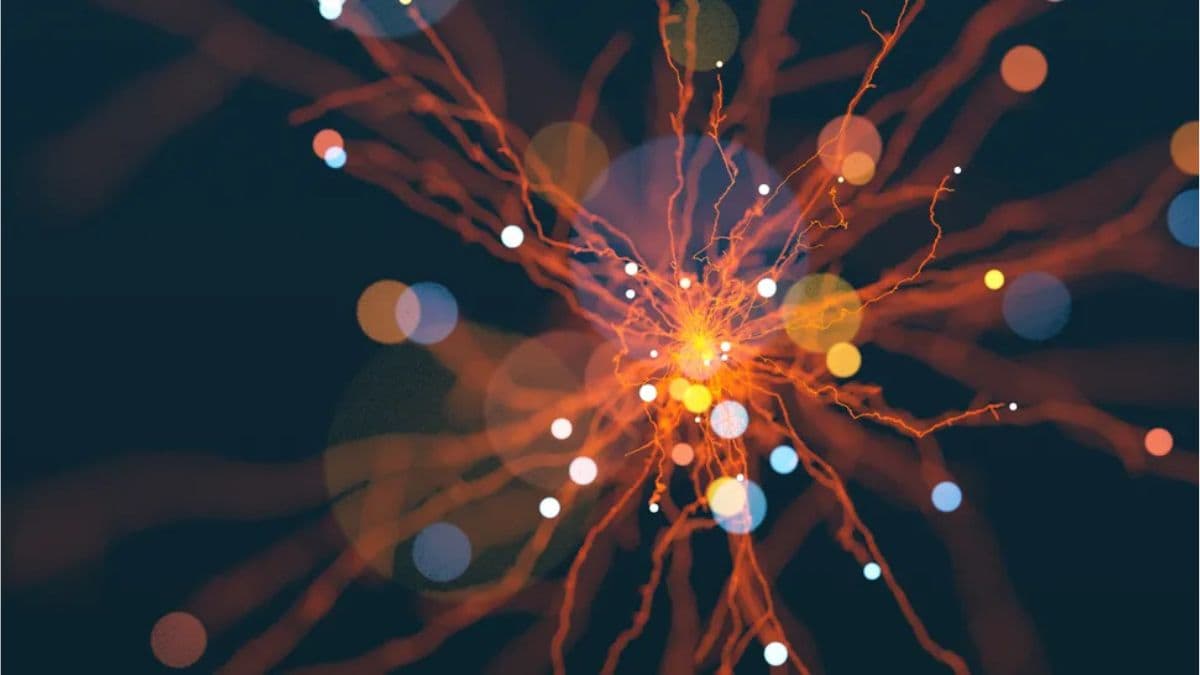The Heisenberg uncertainty principle has acted as a cornerstone in quantum physics for decades. It asserts that one cannot precisely know both a particle's position and momentum at the same time. Now, a team of physicists has torched a clever loophole without undermining Heisenberg's principles that allows simultaneous measurement of both quantities in a restricted sense. The breakthrough replacing absolute values with “modular” versions is effective. Although it concentrates uncertainty elsewhere and enables higher precision, that matters.
Quantum Grid Method Unveils Loophole in Heisenberg's Principle, Boosting Precision Tools
According to a LiveScience report, the researchers in Australia demonstrated that by adopting modular observables, which track only relative shifts within a fixed scale, they could extract information about both position and momentum simultaneously without violating Heisenberg's principle.
In practice, the experiment used a single trapped ion prepared into a quantum grid state. Instead of measuring exactly which “cell” the particle occupies, the measurement focuses solely on how far it shifts within that grid. The absolute location is deliberately discarded, while the tiny changes convey both momentum and position data.
As Christophe Valahu, lead physicist in the study, explained, “We shift the uncertainty. We throw away some information we don't need so we can measure what we do care about with much greater precision.” This move respects the original uncertainty bounds by relocating ambiguity to aspects not under scrutiny.
The implications are promising. Enhanced quantum sensors for the detection of faint forces, precision navigation (where GPS fails), and ultra-accurate clocks could benefit from these techniques. The method may also influence how we think about measurement limits in quantum mechanics.
It reshapes how we apply it, and this does not overthrow Heisenberg's principle. By turning information we accept as uncertain, physicists have demonstrated that our evaluation toolkit at the quantum frontier has room for innovative improvement.

Comments
Post a Comment